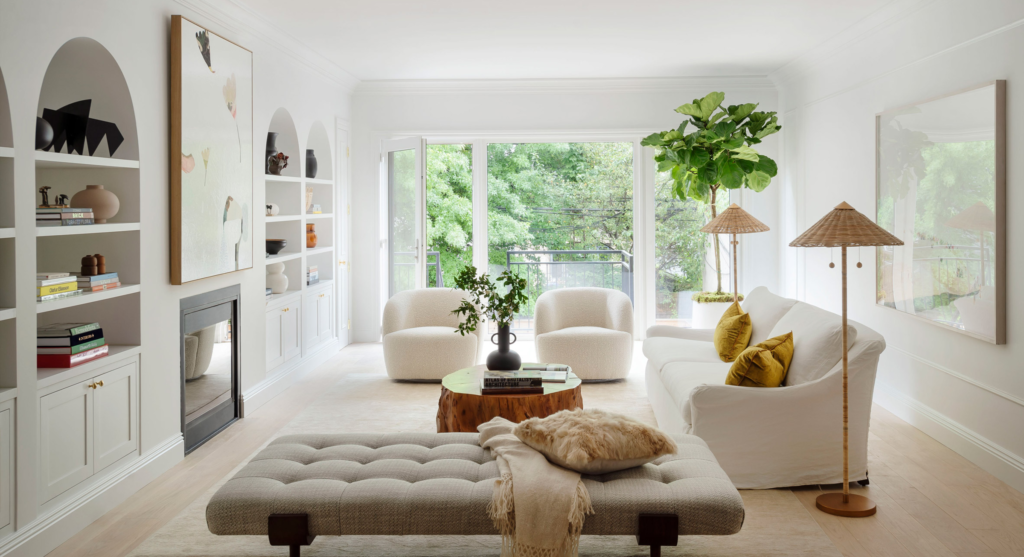The Evolution and Impact of Furniture in Our Lives

Furniture is an essential element of our lives over the centuries, advancing with technological, cultural and even social shifts. From the very first wood benches and tables to modern, sleek and multi-functional styles, furniture serves not only to serve as useful items but also reflect of our lives and beliefs. Every item of furniture is a reflection of a particular story that contributes to the overall ambience of the space, while also providing convenience and comfort. When our lifestyles and requirements change, so will the furniture we select, which makes furniture an integral part of design and interior architecture.
The development of furniture is an interesting experience that shows the growth of civilisations. In the past, ancient civilizations, like the Egyptians as well as the Greeks made furniture which was functional and decorative, typically made of stones, wood, and even metal. Early societies were characterized by furniture was usually a sign of wealth, with elaborate styles reserved for the rich. As time advanced into the Middle Ages, the focus was shifting to practicality and strength and furniture that could stand up to the stress of everyday usage. The Renaissance was a time of revival for art and craft, which resulted in elaborately created furniture which was beautiful as well as functional. Nowadays, even though a myriad of designs and materials are readily available however the basic notions of convenience and comfort remain at the heart of furniture design.
The modern world of furniture design is heavily in the direction of technology and innovations. The advent of industrialization in the late 19th century represented a pivotal moment, when the mass production process led to the creation of furniture much more affordable to consumers on a budget. The shift in production led to design of classic furniture pieces that combine functionality with design, such as the Eames chaise lounge and Barcelona chair. Since the introduction of contemporary material such as plywood, plastic and even steel, design professionals are in a position to play with form and function. The result is furniture pieces that are not just visually pleasing, but also useful. It is possible to make light, modular furniture has revolutionized the way we live, and has allowed for greater flexibility in the way we design and use our home.

Sustainability has become an important aspect in contemporary furniture design. Since awareness of the environmental issue is growing, more people are looking for furniture constructed from environmentally-friendly materials, and manufactured using environmentally friendly manufacturing processes. This trend has resulted in increasing the use of reclaimed bamboo, reclaimed timber and various other resources that are renewable used in furniture production. Designers are now looking at making furniture that does not just satisfy the desires of the consumer but also reduce impacts on the environment. Through embracing sustainability and sustainability, the furniture sector is evolving to evolving consumer tastes and thereby contributing to a better world. For more information please visit here Goodniteoutlet
Alongside the practical uses, furniture plays a significant part in shaping our psychological and mental wellbeing. The surroundings we live in influences our mood as well as productivity. A well-designed workplace equipped with comfortable furniture helps to improve focus and decrease fatigue. On the other hand, an inviting living space filled with comfy seating can promote the relaxation of a space and encourages social interaction. The selection of color or materials and arrangement influence the way we feel within the space. As an example, soft materials and warm hues can give feelings of peace and peace, while bold contemporary designs and vibrant colors can bring out creativity and enthusiasm. Recognizing the effects on the impact of furniture on our psychological state helps us design environments which promote well-being and efficiency.
The advent of shopping online has revolutionized how we buy furniture and furniture, making it simpler to locate and purchase furniture that fits our needs and tastes. Just a few mouse clicks, customers can search through an array of options and review reviews and price comparisons at the convenience at home. It has also resulted in the rise of direct-to-consumer companies that provide exclusive designs with competitive pricing. The challenge is in making sure that consumers make educated choices in regards to the quality of their products and workmanship. With the increasing use of internet-based platforms, it’s crucial to prioritize local artisans as well as sustainable brands that focus on the highest quality of production and ethical practices.
As a conclusion furniture does more than practical items that we use in our homes. it reflects our past of culture, values, and traditions. From ancient cultures to modern design, furniture continues to evolve in response to the ever-changing demands and needs of the society. With an increasing focus on health and sustainability as well as the environment, the furniture industry is changing to satisfy the requirements of a greater conscious customer base. In the ever-changing world of our modern lives, knowing the importance of furniture to our daily lives will aid us in designing areas that aren’t just attractive but also practical and compatible with our general well-being. While technology and design continue to evolve, the next generation of furniture will be thrilling and transformational.


